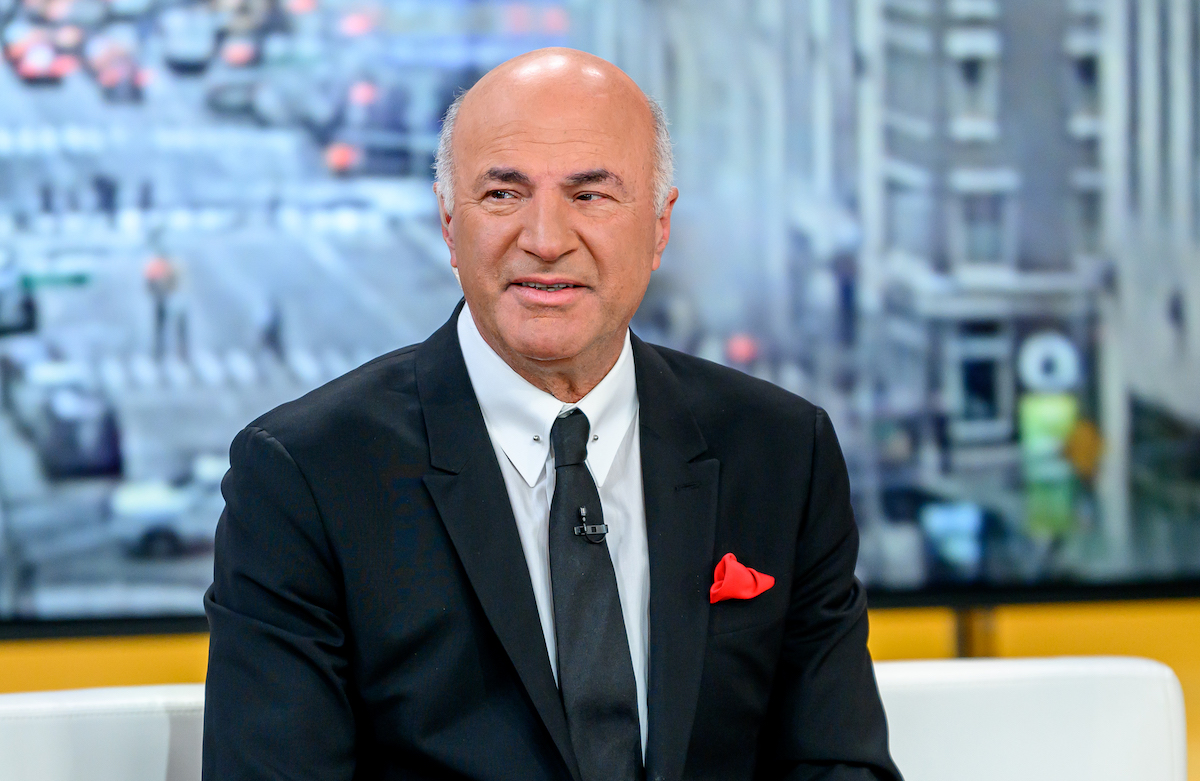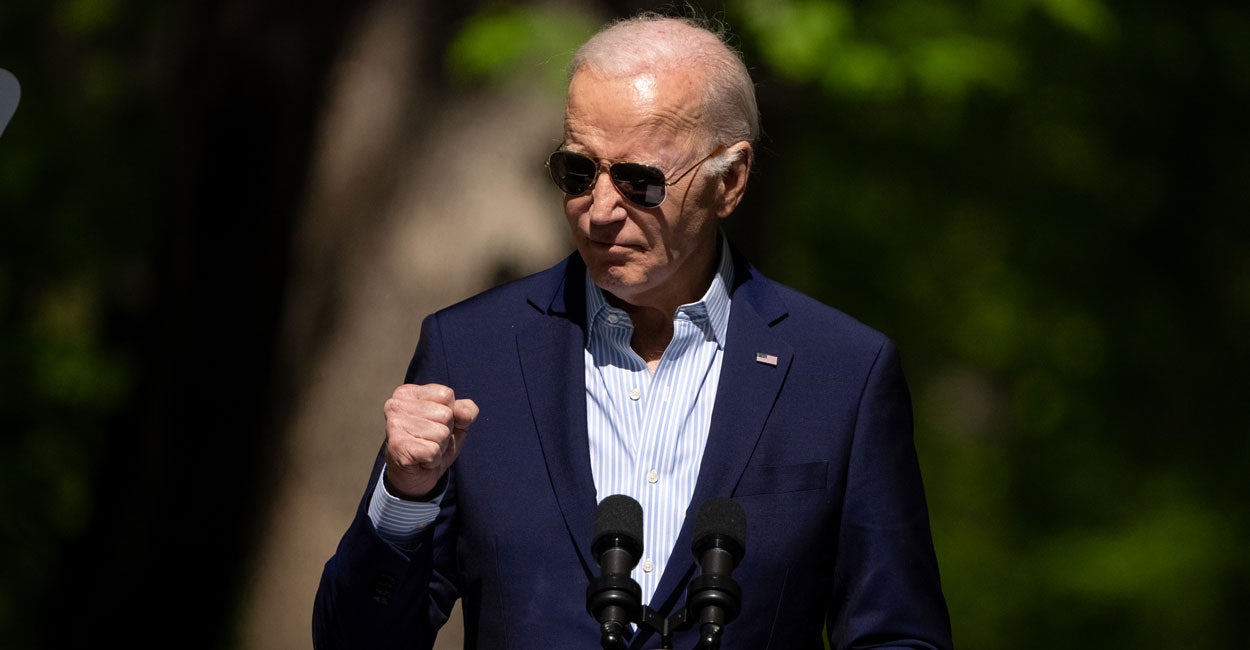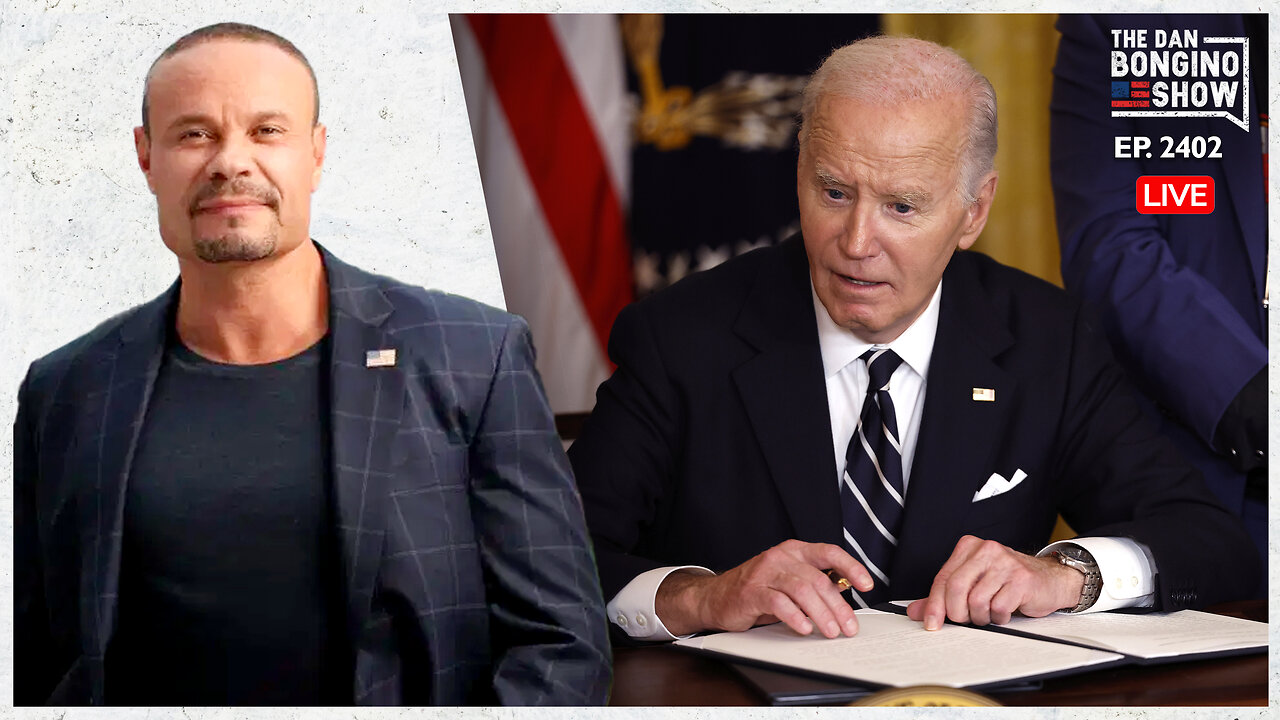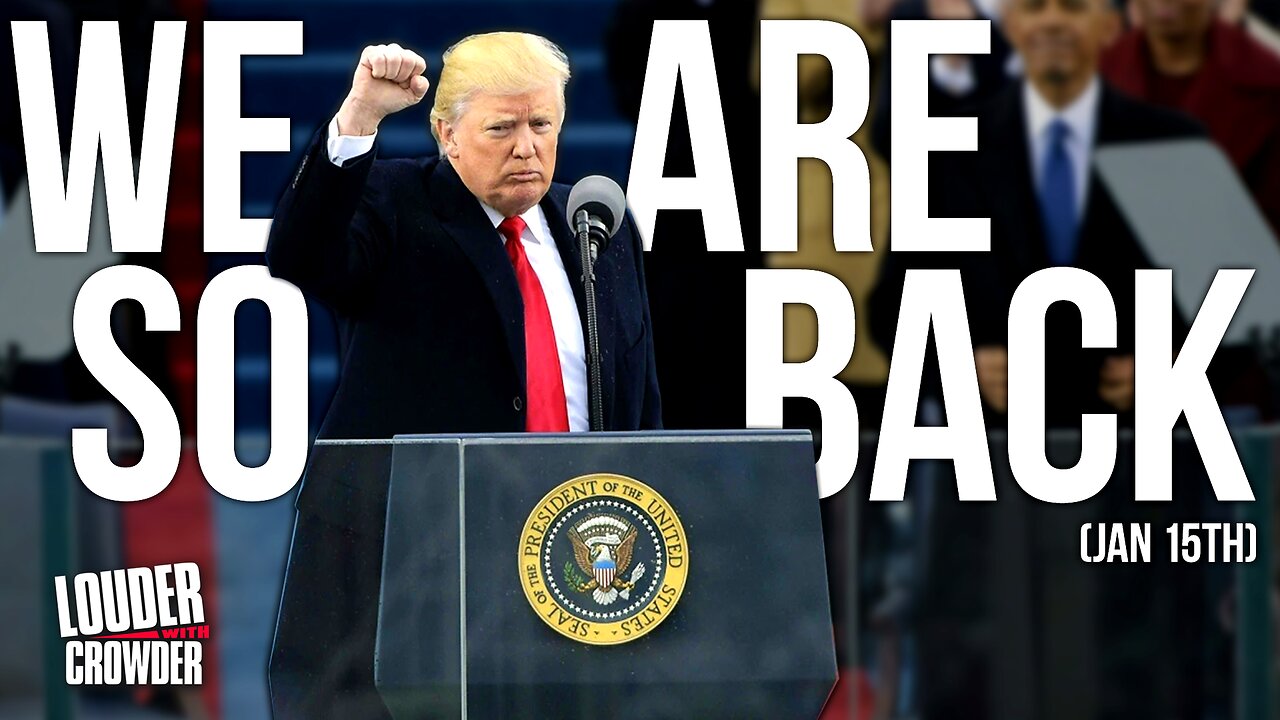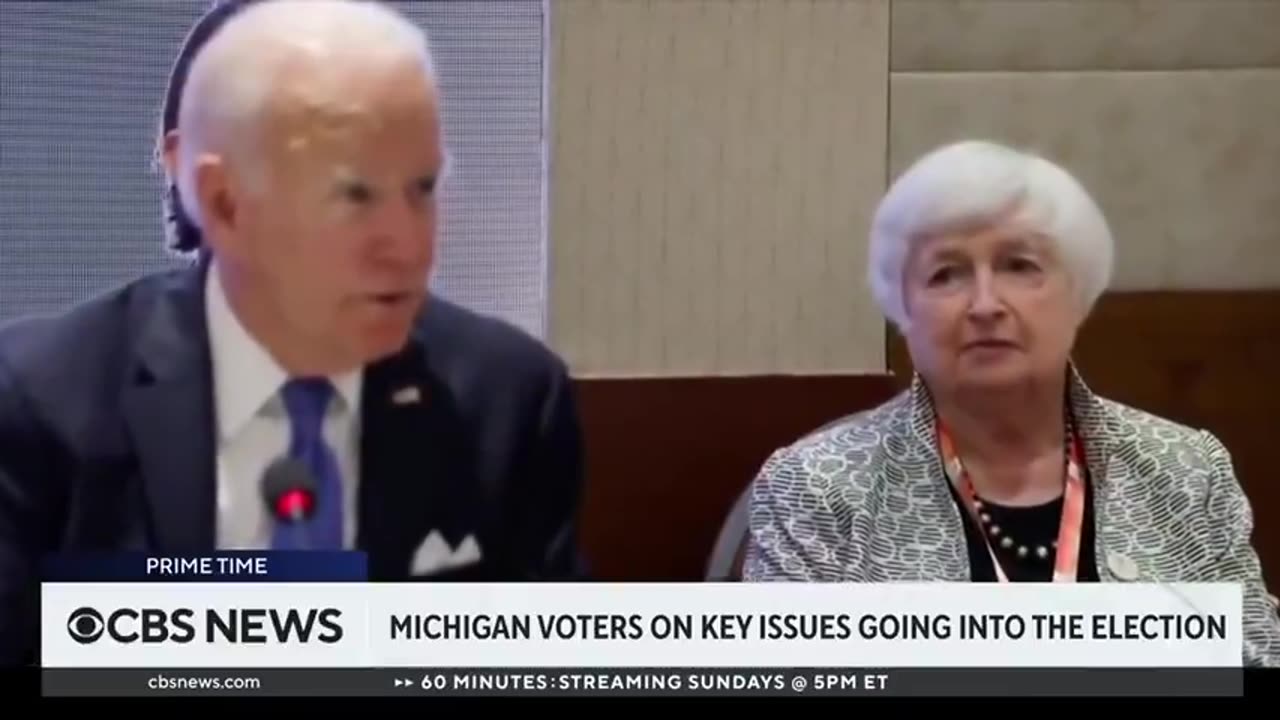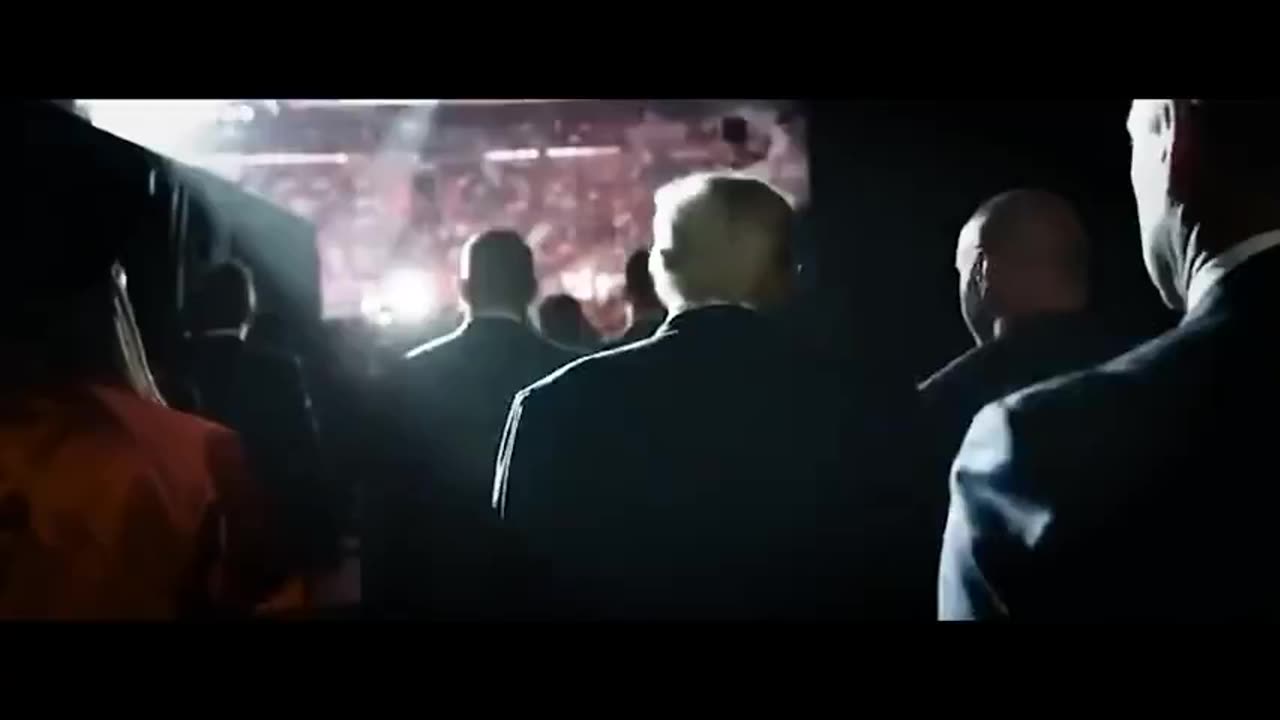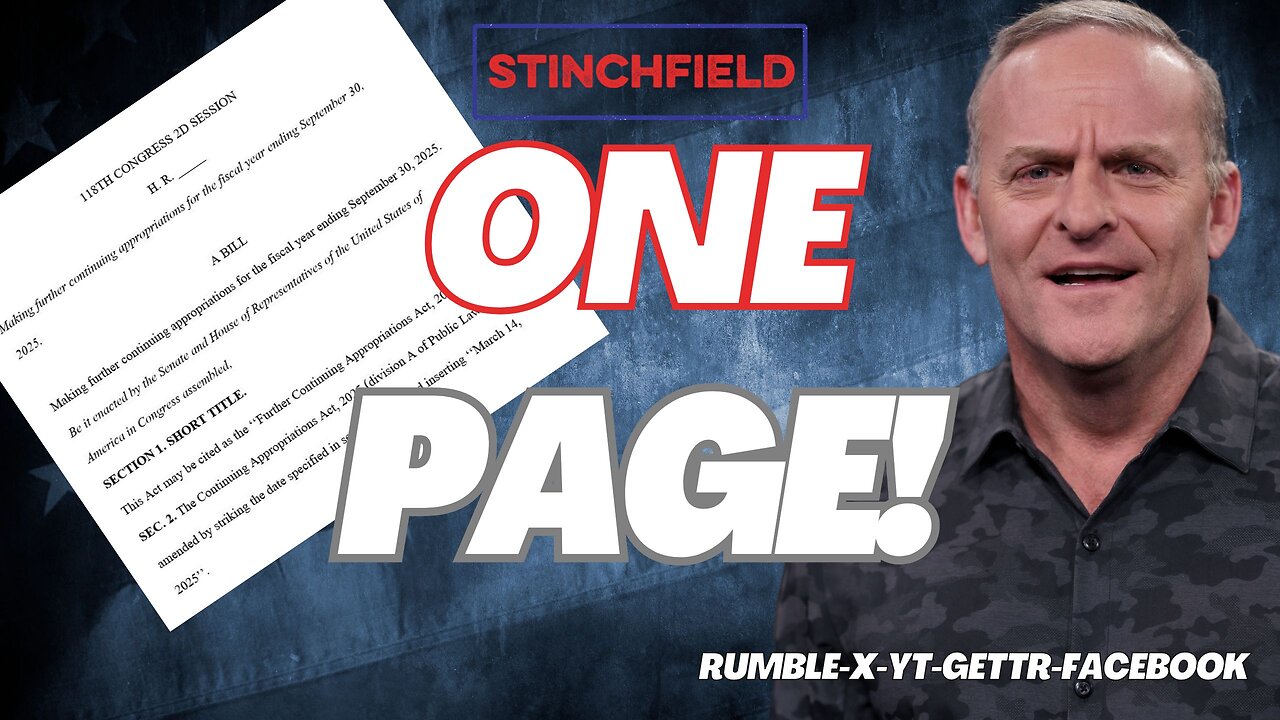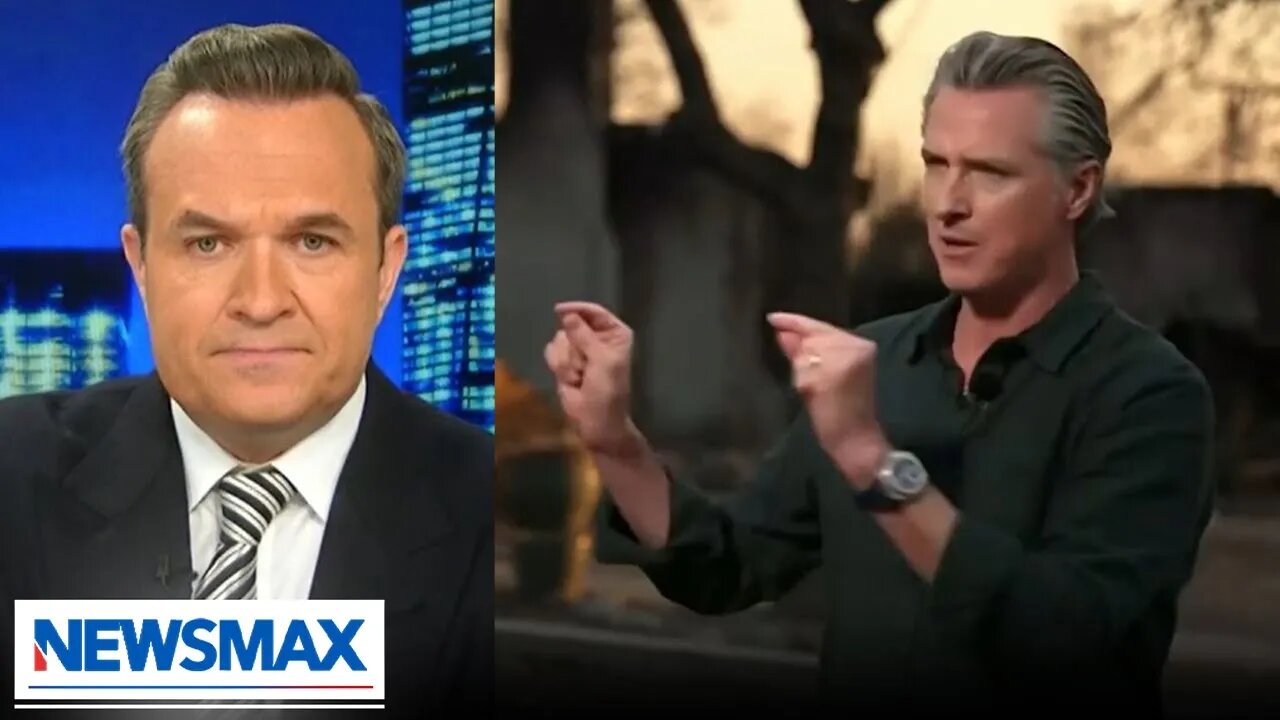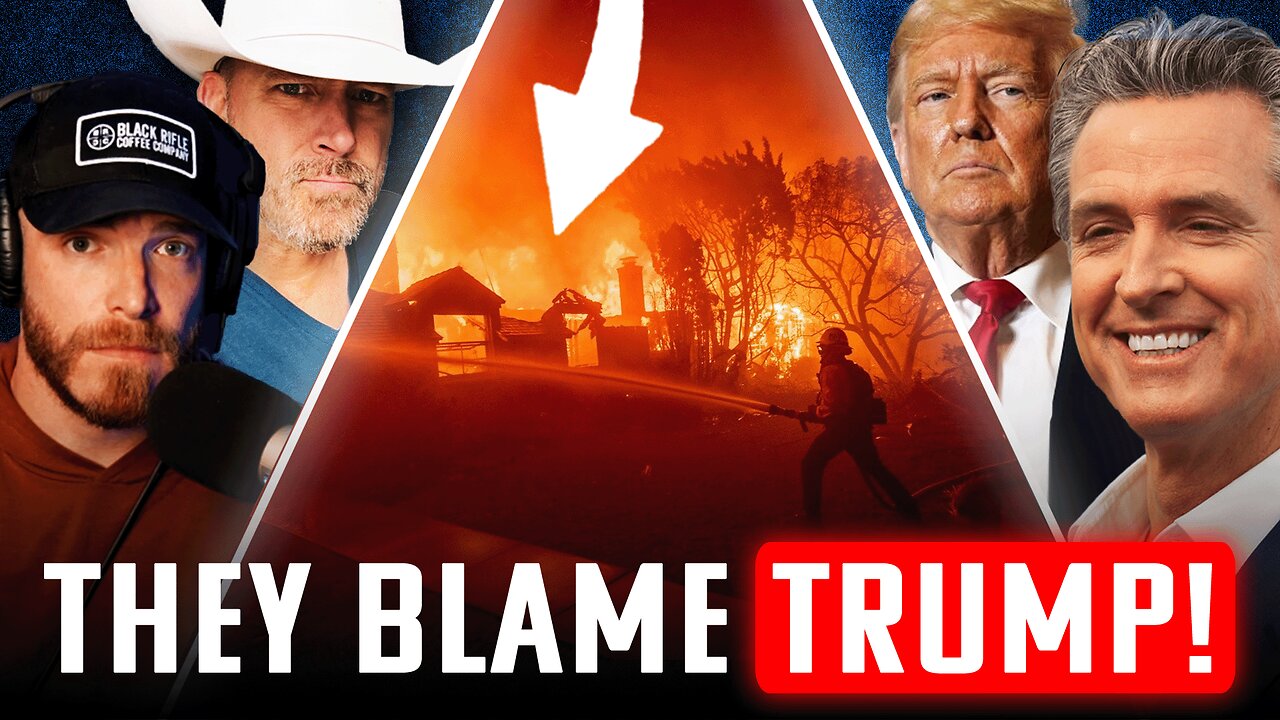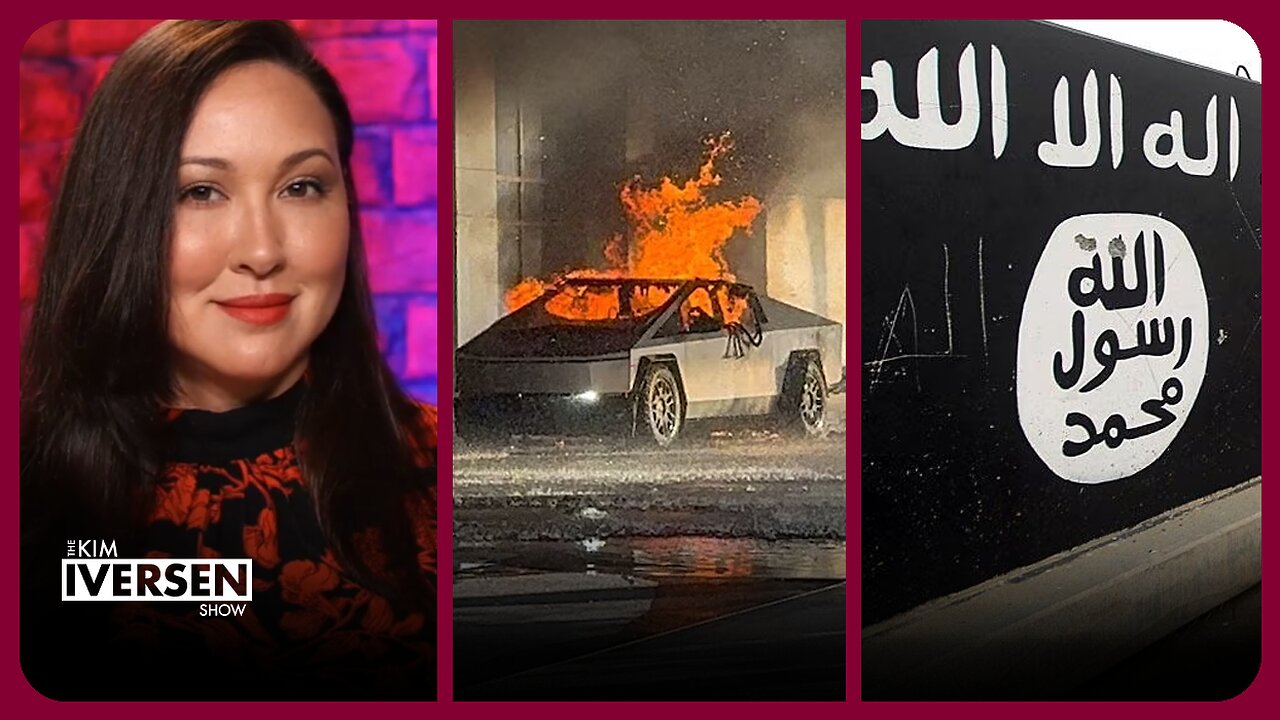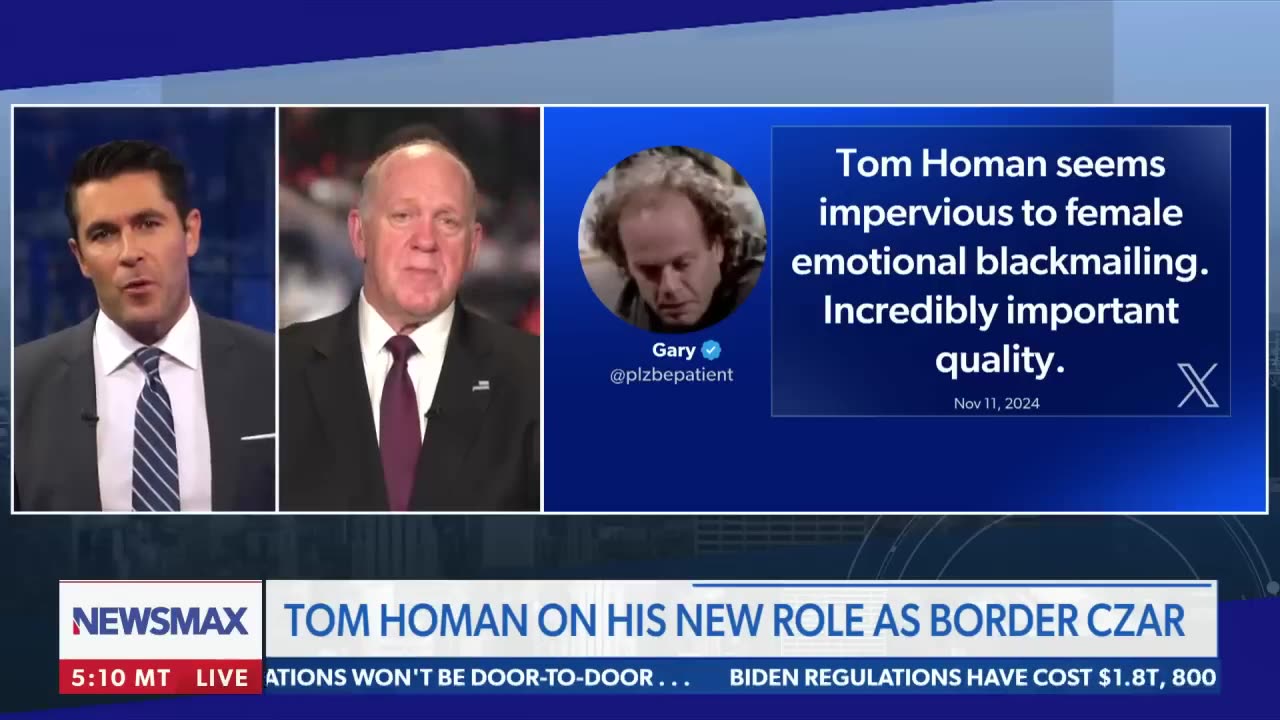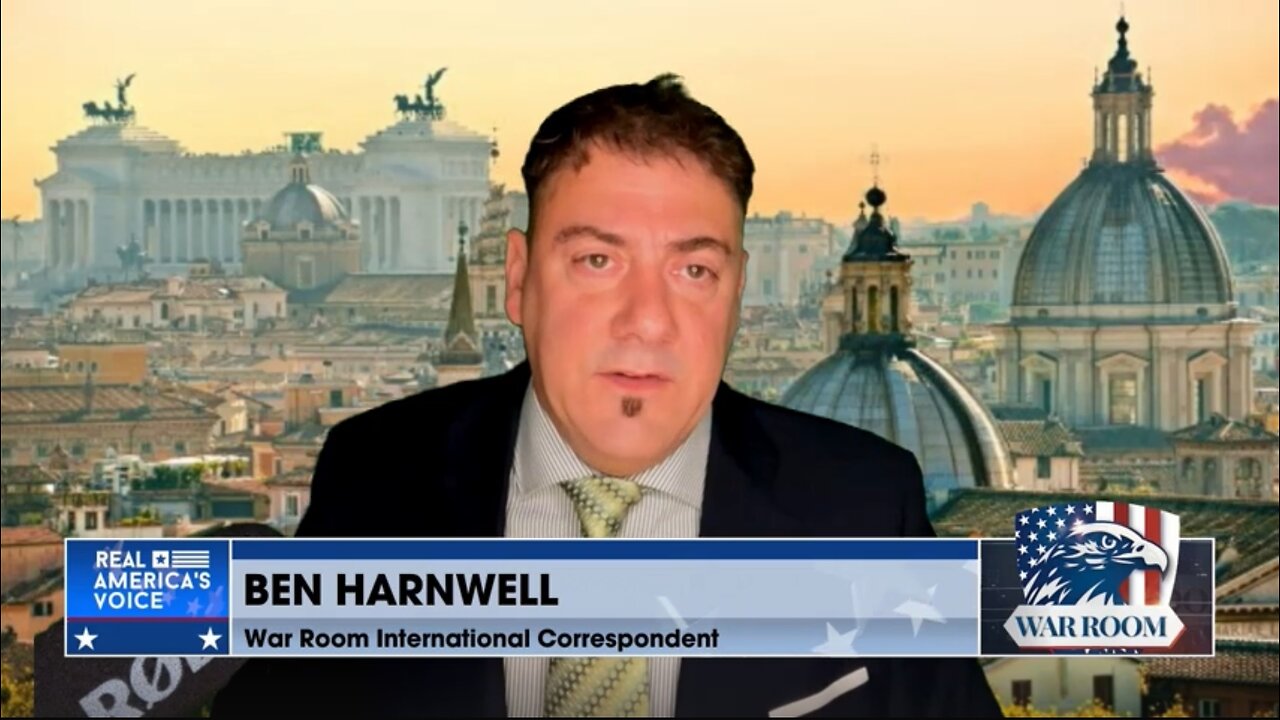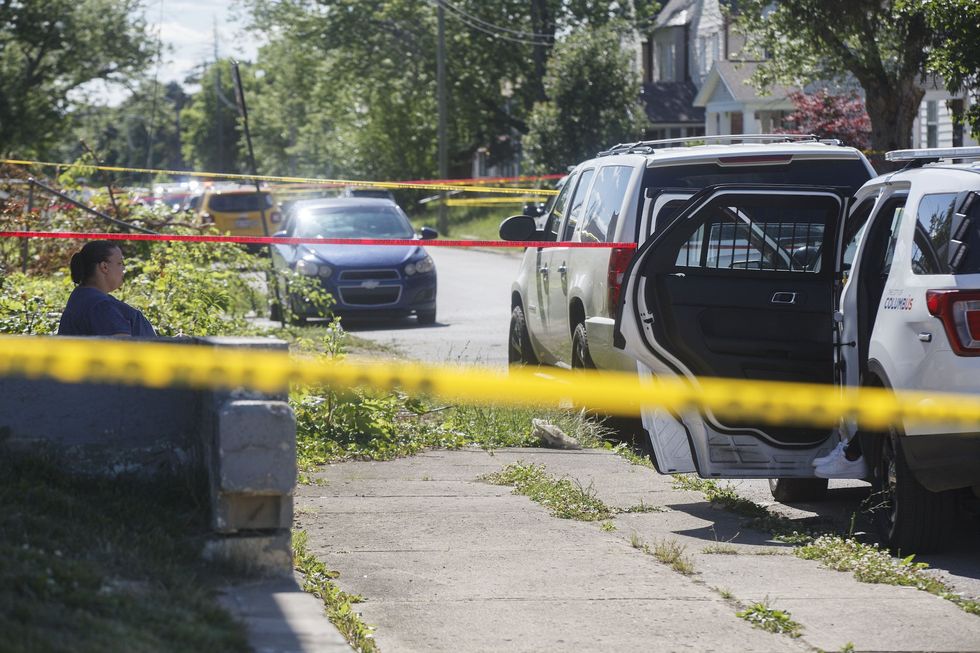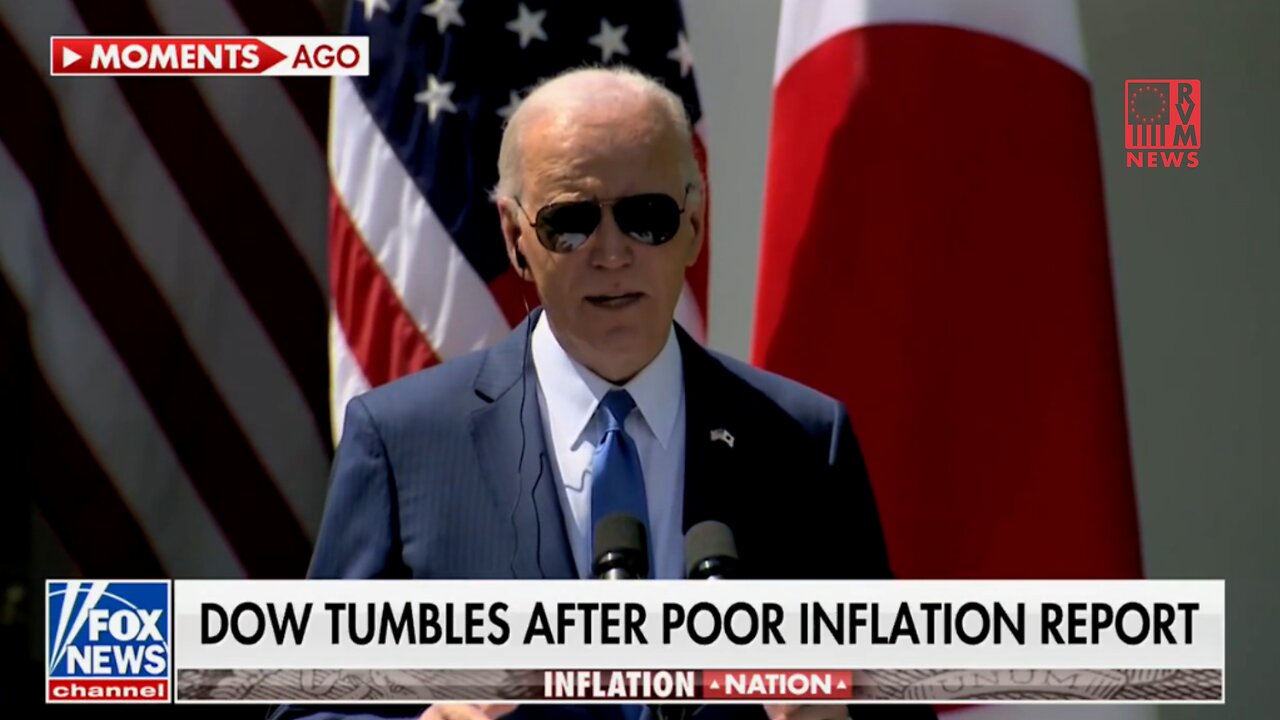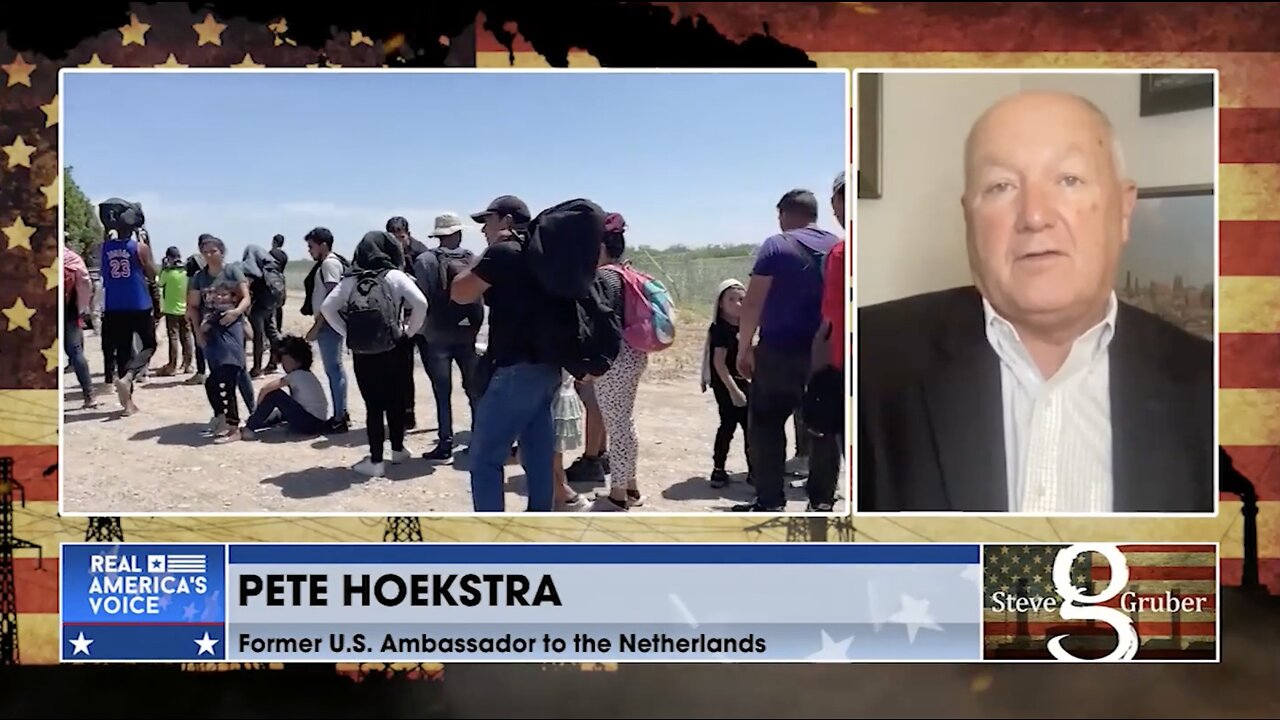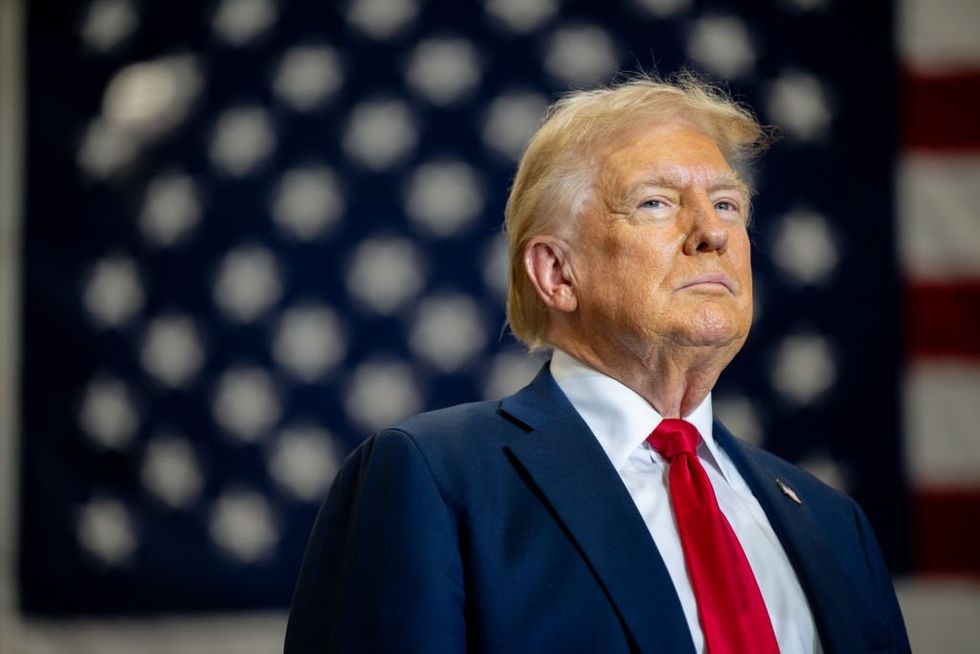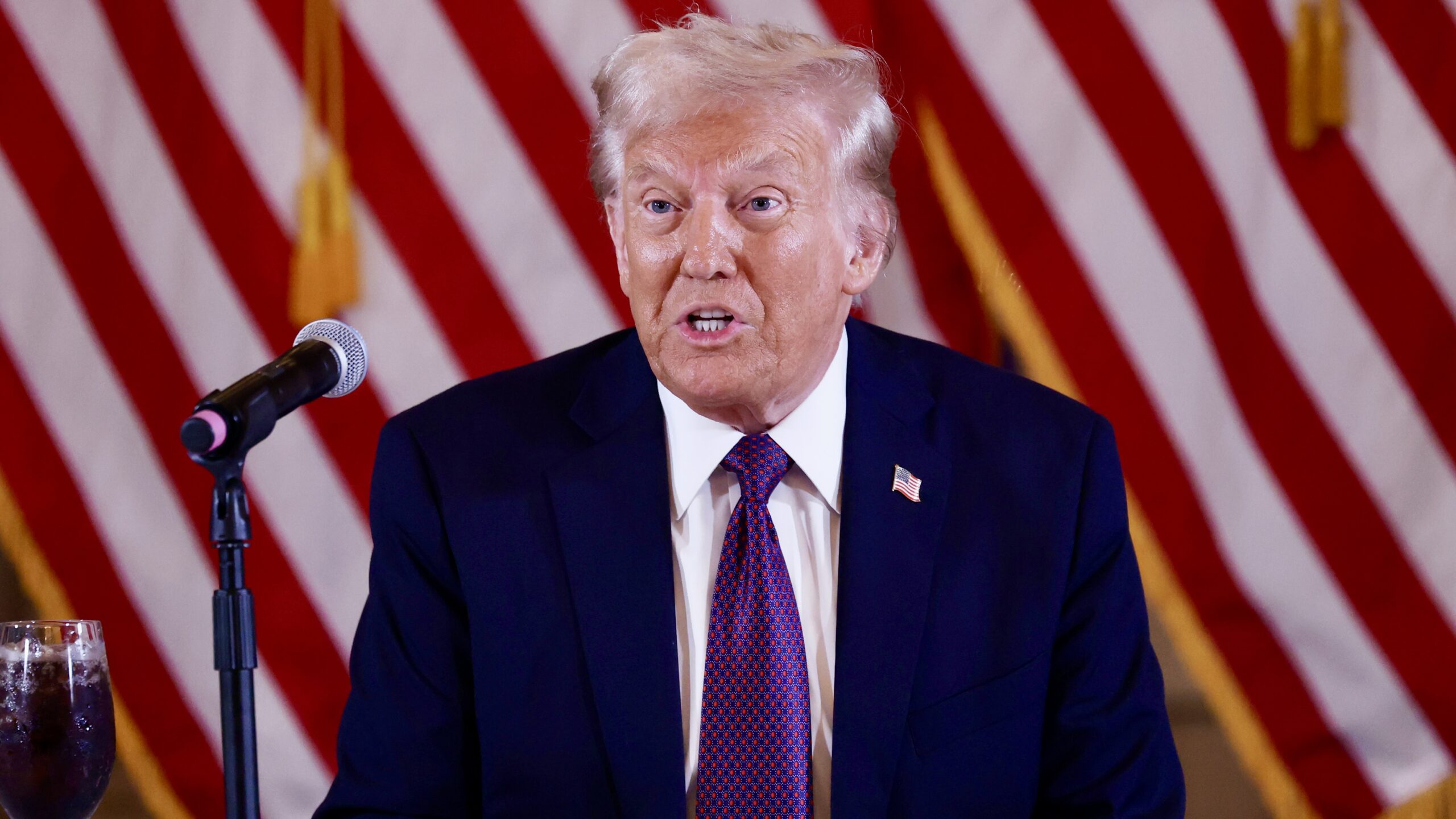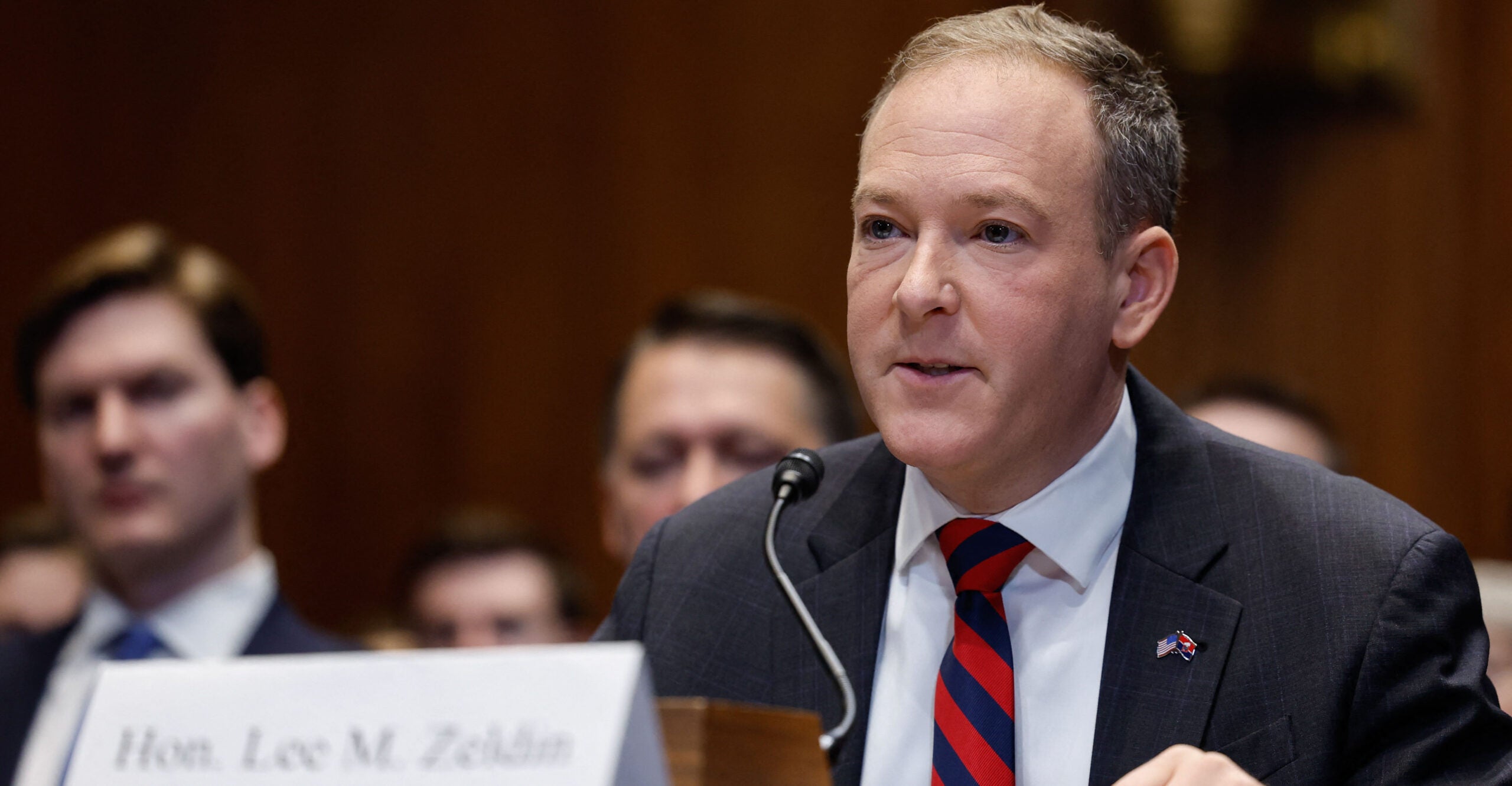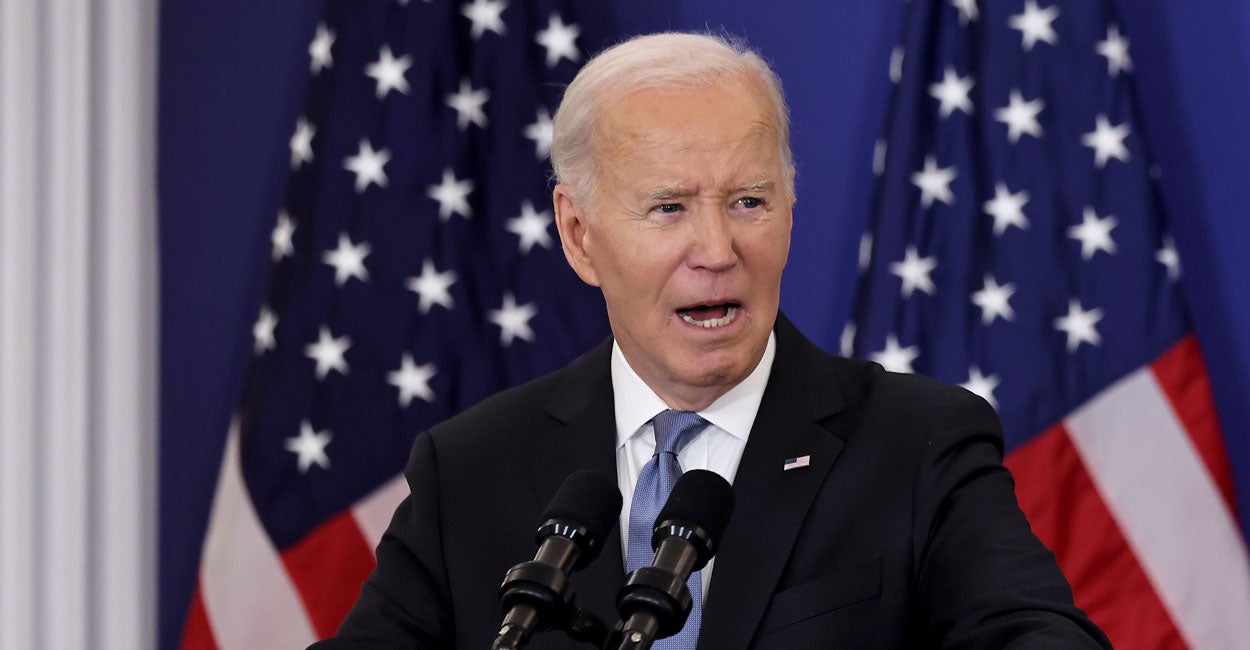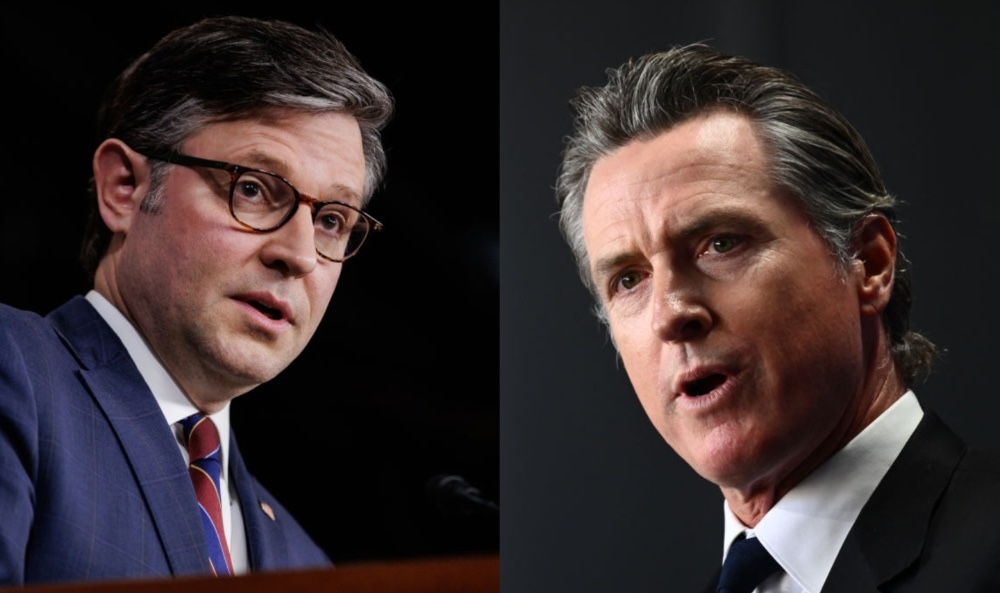Israel struck sensitive Iranian nuclear site in late October attack
Report says critical sophisticated equipment, which Tehran would need to develop a nuclear weapon destroyed



JERUSALEM – A clearer picture of Israel’s remarkable attack on Iran in late October emerged over the last few days as the full extent of the targets struck – and their importance – to the Islamic Republic came into sharper focus.
The satellite imagery available shortly after the strikes (as in within a few hours) strongly suggested that Israel’s unprecedented strike – which came in a wave of sorties and was carried out by anywhere between one-third and a half of Israel’s entire air force – had caused significant damage to a number of critical Iranian sites, including those associated with its clandestine nuclear program.
In the immediate aftermath of the strikes, former IDF spokesperson Jonathan Conricus told CNN, “Of course the Iranian regime would want to play down the success of Israeli strikes, but there’s a lot of visual and radar information, as well as reports from the ground, will confirm the damage at locations such as the nuclear site in Parchin.”
BREAKING
AXIOS: Israel Destroys Key Iranian Equipment for Nuclear Bomb Development—Forcing Tehran to Seek New Solutions
In a late October strike on Parchin, Israel destroyed key equipment critical for Iran’s nuclear weapon development.
“This is equipment the Iranians would… pic.twitter.com/xslwtDY2GP
— Open Source Intel (@Osint613) November 17, 2024
It can now be confirmed Iran “was actively conducting research that would support construction of a nuclear device – a process known as weaponization – at a site the Israeli Air Force destroyed during its Oct. 25 counterstrike against the Islamic Republic, an Axios report revealed on Nov. 15. The small building, known as Taleghan 2, was located within Iran’s Parchin military complex,” according to the Foundation for the Defense of Democracies.
The Taleghan 2 facility in the Parchin military complex which was destroyed in the strike was used prior to 2003 for testing explosives needed to set off a nuclear device, according to the Institute for Science and International Security. Both the U.S. and Israel were deeply concerned earlier this year about what appeared to be a resumption of Iranian weaponization research activities. This included unnamed U.S. and Israeli officials expressing concern Iran was engaged in computer modeling and metallurgical research useful in building nuclear weapons. However, the reports which followed these allegations from intelligence figures neither elaborated on the nature of the research nor Iran’s motivation for carrying it out.
An unclassified assessment sent to Congress in July by the Office of the Director of National Intelligence (ODNI) said that since 2020, Iran has “undertaken activities that better position it to produce a nuclear device, if it chooses to do so.”
The ODNI assessment, meanwhile, omitted an assertion, made in its 2023 report to Congress, about Iran “not currently undertaking the key nuclear weapons development activities that would be necessary to produce a testable nuclear device.”
All of this serves to muddy the waters, as officially the fatwa – or religious edict – which the Islamic Republic’s supposedly ailing Supreme Leader Ayatollah Ali Khamanei imposed against the development of nuclear weapons officially remains in place. However, Iran’s recent conduct would strongly suggest those pushing for the removal of the ban would seem to be winning the day.
Israel’s strike against the Taleghan 2 facility is also noteworthy because of the message it sent, with arguably multiple recipients. When confirming the strike, Israel’s Prime Minister Benjamin Netanyahu told the Biden White House the IAF had not targeted Iran’s nuclear facilities. To a large extent this was true, at least not the more visible elements of it. However, Israel justified hitting Taleghan because it argued it was part of the Islamic Republic’s undeclared nuclear program – and therefore, fair game.
Among a whole series of messages sent to Iran across the broad sweep of strikes dotted around the country, the targeting of Taleghan confirmed Israel had a very good idea of what was really going on – and it had the capability to not only disrupt, but severely retard the nuclear weaponization going on there. This was clearly another hit to Iran’s prestige – both domestic and foreign, because it again highlighted how compromised its security apparatus is.
Targeting Taleghan also sent a more subtle message to the International Atomic Energy Agency (IAEA) in particular and the wider international community in general. Israel effectively said, “We don’t care what the Iranians have been telling you – and whether inspectors are permitted at Iran’s official nuclear sites or not – or whether the regime is giving them the runaround – we know what’s going on and where it’s taking place. Not only that, we don’t fully trust you to take care of this existential issue – so we are showing we have the willingness and the capability to take it on ourselves.”
Despite its bellicose bluster, Iran has yet to respond – as it promised to do – to Israel’s retaliation for its own Oct. 1 ballistic missile strike. Several variables have shifted – perhaps momentously – since it unleashed those 181 projectiles at the Jewish state, which might be staying its hand. Israel’s strike is known to have completely taken out its most advanced air defense systems – the Russian-made S-300 and S-400 anti-aircraft batteries. Images of antiquated flak guns trying to take out F-35 stealth bombers and F-15 fighter jets over the darkened skies of Tehran will linger long in the memory. Iran is effectively naked against Israel’s air power. Not only do the Iranians know it, they know the Israelis know it too.
The other major – and obvious – development is the reelection of Donald J. Trump as America’s 47th president. The admixture of his bombast and unpredictability, and including highly credible evidence Iran targeted him for assassination following the elimination of Islamic Revolutionary Guard Corps (IRGC) General Qassem Soleimani, means the mullahs in Tehran are somewhat on their heels.
What's Your Reaction?
















